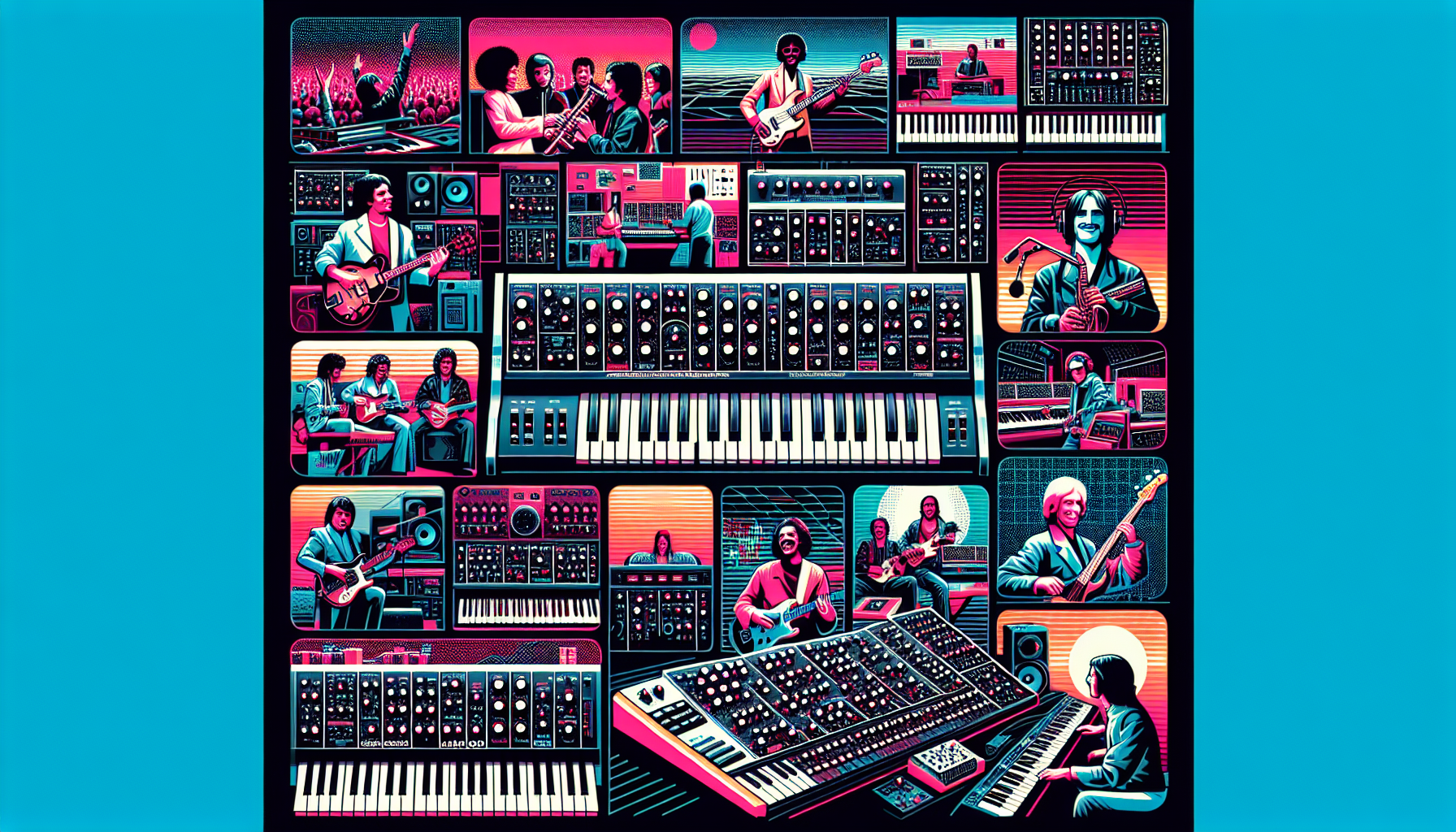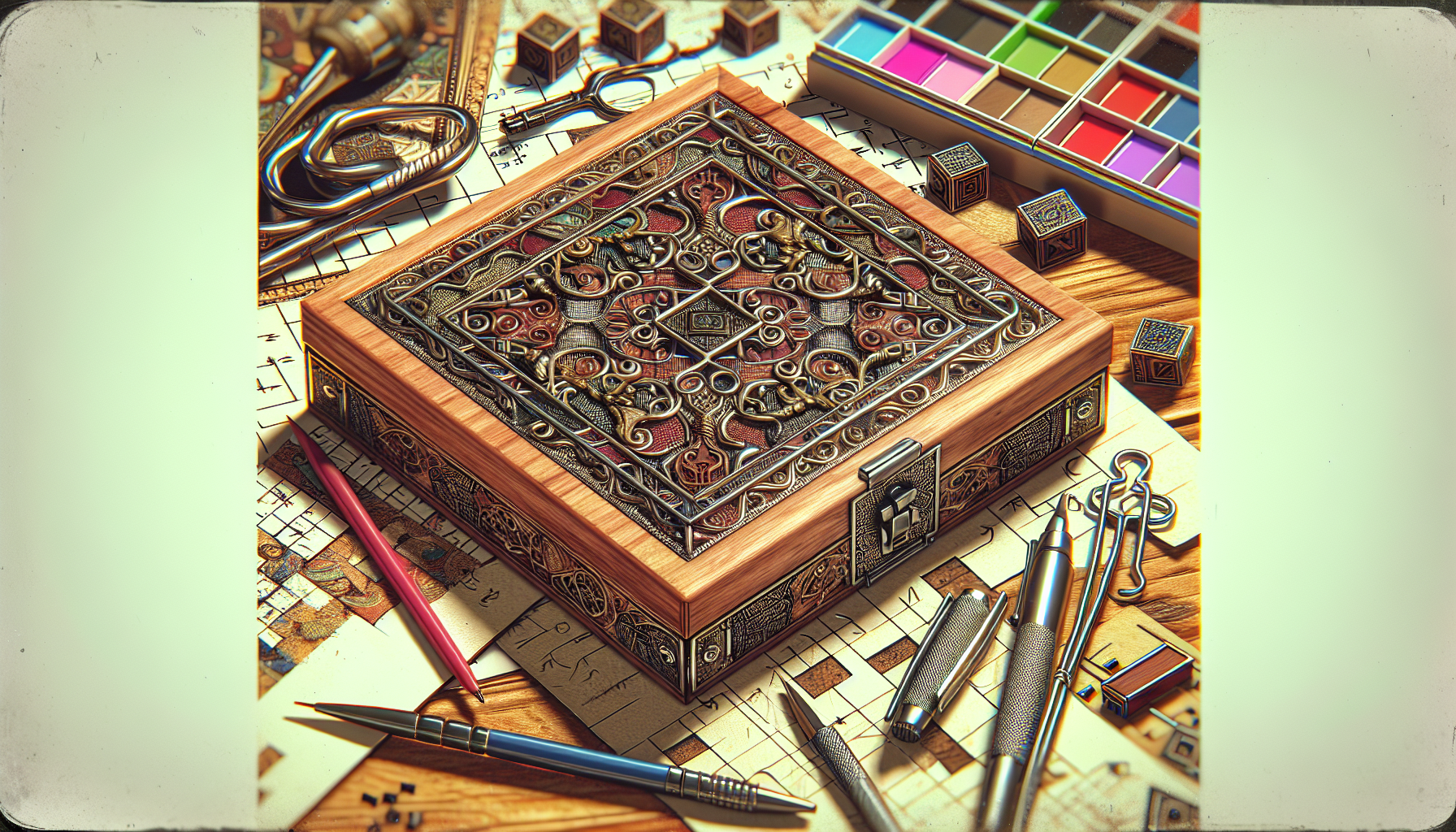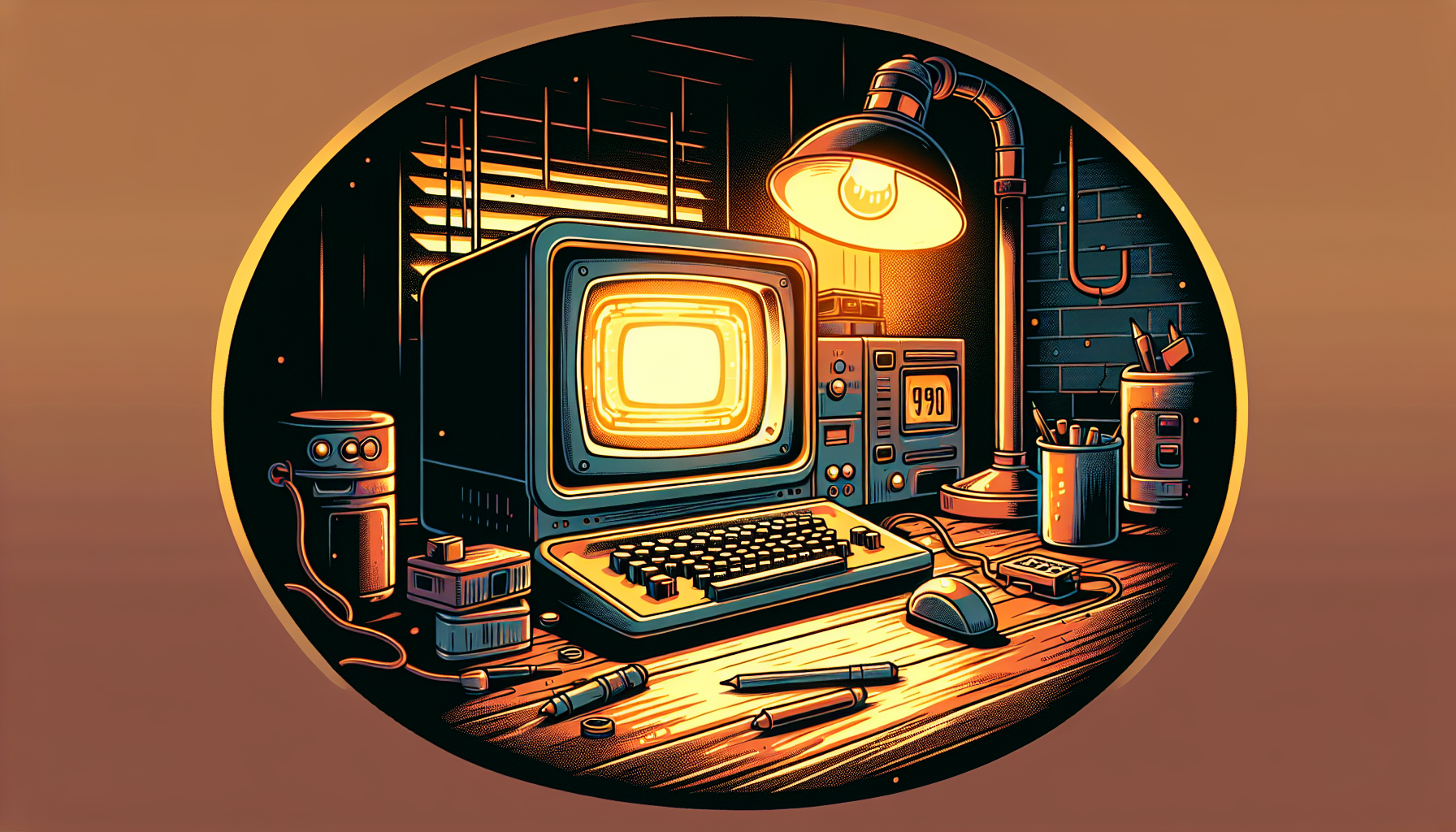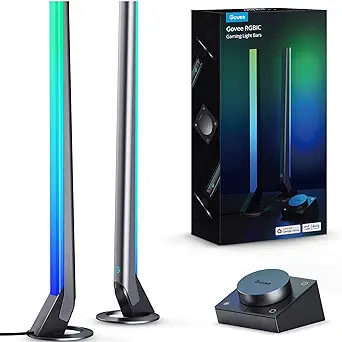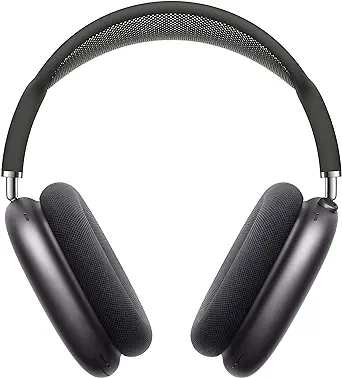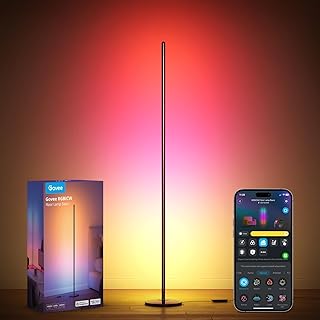In a world where synthesizers were once niche tools, the Moog synthesizer emerged as a revolutionary beacon of innovation, transforming how music is created and experienced. As we commemorate its 60th anniversary, it’s essential to reflect on the lasting impact this instrument has had on the music industry and technology as a whole. The Moog has not only shaped countless musical genres but also inspired generations of musicians and enthusiasts alike.
The genesis of the Moog synthesizer can be traced back to the curious mind of Bob Moog, who, in the early 1960s, had a vision to create a device that would allow musicians to manipulate sound in ways never before possible. Fueled by a passion for electronics and music, Moog introduced the world to the first commercially available synthesizers in the form of the Moog modular synthesizer. Its release in 1964 garnered immediate attention, not just for its sound but for its modular design, allowing musicians to customize their setup with various components.
The initial reception was nothing short of groundbreaking, but key innovations such as voltage-controlled oscillators and filters truly set Moog apart. These advancements provided artists with unprecedented control over sound, defining the future of electronic music. With the launch of models like the Minimoog in 1970, the synthesizer became more accessible, leading to its widespread adoption by musicians across genres.
The Moog synthesizer’s rich, warm tones left an indelible mark on rock and psychedelic music. Iconic bands like The Beatles and The Doors utilized the Moog’s capabilities, embedding it into hits like “Here Comes The Sun” and “The End.” It offered a new canvas for experimentation, allowing artists to convey emotions through sound in ways that were previously unimaginable.
As electronic music began to gain momentum in the late 70s and early 80s, the Moog evolved alongside it. Artists like Kraftwerk laid the groundwork for the genre, incorporating the Moog synthesizer’s hypnotic sounds into their work. The transition from analog to digital synthesis marked a turning point, but the Moog’s legacy in dance music remained unmistakable. Its lush soundscapes have influenced countless electronic tracks, bridging the gap between experimental and mainstream music.
The Moog synthesizer has graced some of the most memorable performances and albums in music history. One of its defining moments occurred at the iconic Woodstock Festival in 1969, where artists like Swami Satchidananda utilized the synthesizer to enhance their spiritual musical experience. In the words of keyboard maestro Keith Emerson, who praised the instrument, “The Moog is like a voice, it articulates feelings and deep emotions that words sometimes cannot express.”
Albums such as “Switched-On Bach,” featuring the genius of Wendy Carlos, redefined how synthesizers could be perceived. Carlos’s innovative arrangements brought classical music into a modern light, showcasing the versatility of the Moog synthesizer beyond traditional realms. Furthermore, the Moog has transcended into film and media, often lending its otherworldly sounds to iconic scores, thus solidifying its place in the cultural zeitgeist.
Bob Moog’s contributions reached far beyond his own instruments; they inspired a wave of new synth designs that followed. The design principles of the Moog synthesizer have influenced countless manufacturers, leading to an explosion of creativity in synthesizer production. Today, many modern devices still follow the conceptual framework set forth by Moog, combining analog warmth with digital versatility.
Innovations in music production and sound design owe much to Moog’s pioneering work. The way sound is shaped today—through modular systems, effects chains, and virtual synths—can be traced back to Moog’s visionary ideas. Additionally, the current resurgence of interest in analog synthesizers further underscores the Moog’s influence, as musicians and producers seek to replicate its rich tones and hands-on control.
Today, Moog Music continues to thrive, crafting modern models that honor their legacy while pushing boundaries. Instruments like the Subsequent 37 and Matriarch integrate classic Moog sound with contemporary technology, ensuring the Moog remains relevant in the modern music landscape. There is a vibrant community of Moog enthusiasts and musicians who celebrate this legacy, gathering online and in person to share their passion.
Looking ahead, the future of Moog is bright. As technology evolves, we can anticipate more innovative designs and applications for the synthesizer. As the line between hardware and software continues to blur, Moog stands poised to explore new frontiers in synthesis, perhaps through collaborations that blend genres and generations of musicians.
The Moog synthesizer’s legacy is a testament to creativity and innovation, shaping the fabric of music for over six decades. Its influence runs deep, weaving through various genres and inspiring countless musicians to explore new sounds and ideas. As we celebrate this milestone, it is crucial to appreciate the enduring relevance of the Moog synthesizer and its continued impact on music culture today.
For those who have devoted their lives to the instrument, the Moog remains more than just a tool; it is a vessel for expression. As we move into the future, the spirit of the Moog will undoubtedly continue to resonate, adapting to new challenges and opportunities in music.

